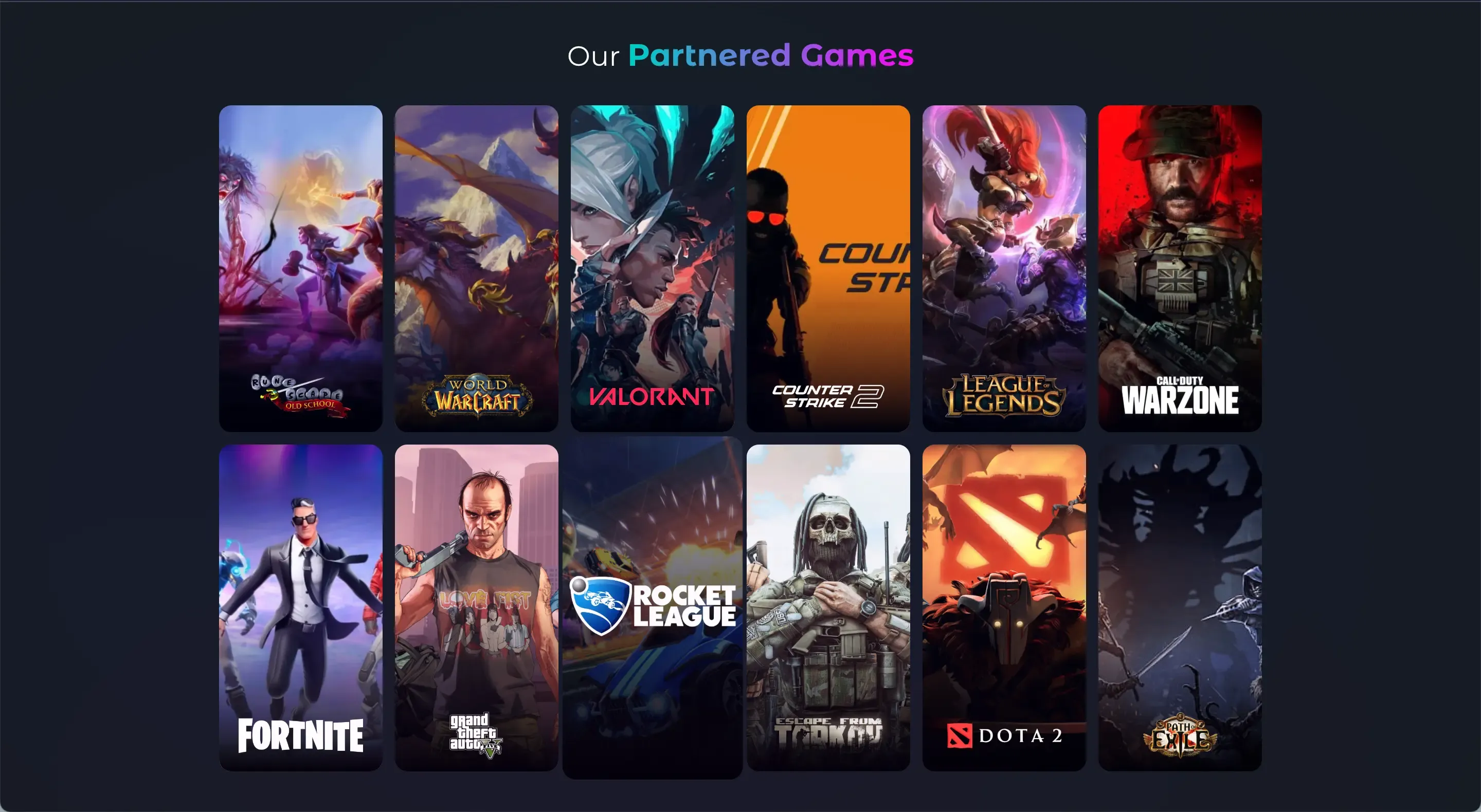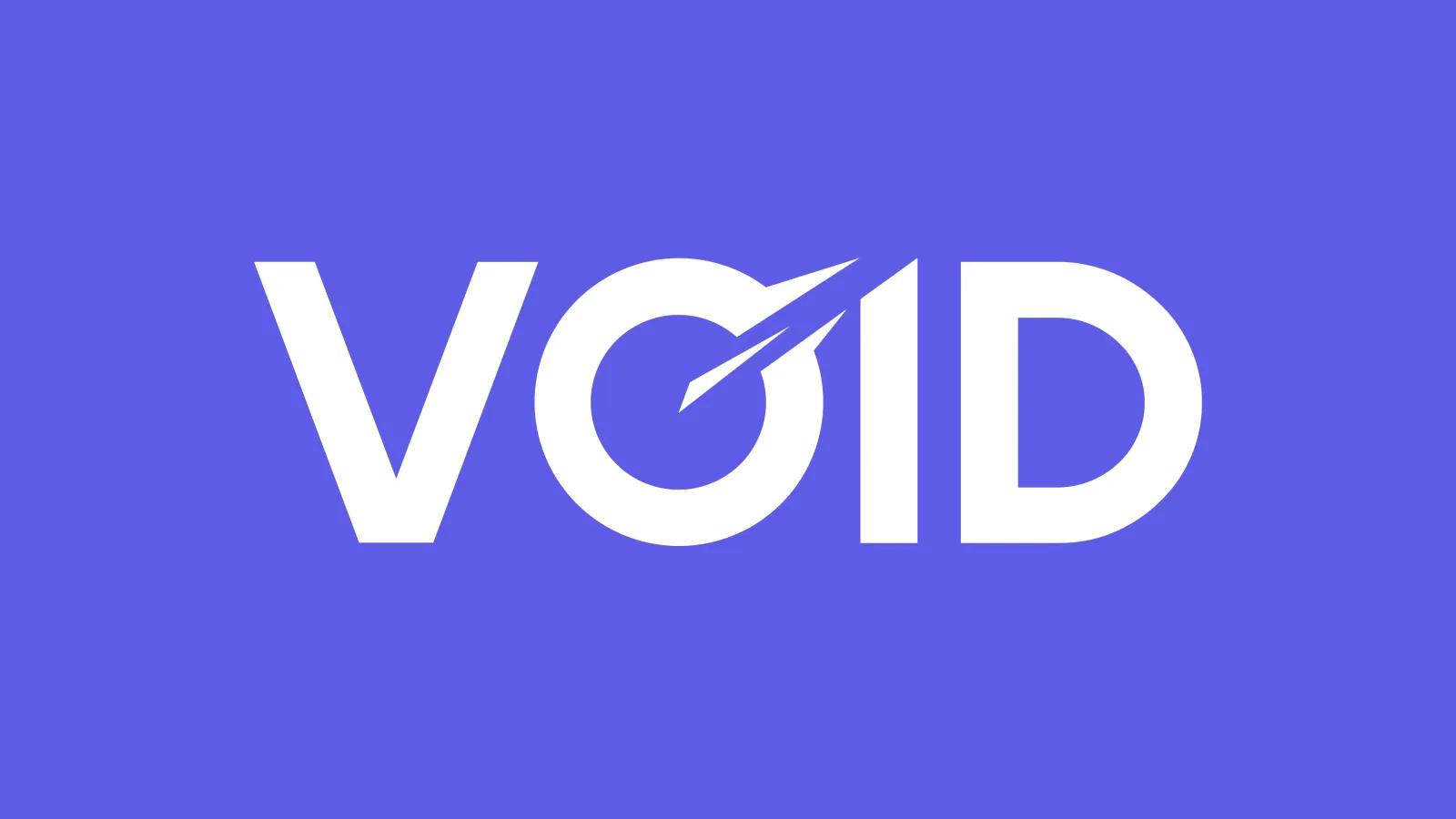Leading Innovation in Gaming and Esports with Void
Between February 2023 and May 2025, I had the opportunity to lead the architecture and development of Void, a cutting-edge platform for gaming and esports communities. Our mission was to deliver seamless, scalable, and performance-critical applications tailored to the fast-evolving needs of competitive gaming users and content creators.
🧠 Strategic Leadership & Technical Direction
As the tech lead, I coordinated cross-functional teams across backend, frontend, mobile, and design. I was deeply involved in strategic planning, ensuring that our roadmap aligned closely with business KPIs and user engagement goals.
We adopted a modular architecture combining microservices (NestJS, Express) with microfrontends using Next.js and React Native. This enabled the team to iterate rapidly, onboard contributors efficiently, and isolate platform concerns with minimal coupling.
📈 Key Results Included
- ⚡ Improved system performance by 35%, optimizing APIs, caching strategies, and real-time services to support high concurrency during live esports events.
- 🧑💻 Led a cross-functional team of 14+ engineers and designers, maintaining over 95% sprint velocity across quarters and shipping major features on schedule.
- 🚀 Implemented CI/CD pipelines and modern DevOps practices using GitHub Actions, Docker, and AWS. Reducing deployment times by 60% and cutting post-release incidents to near-zero.
- 🧱 Defined engineering standards and a modular architecture, reducing tech debt by 40% and significantly increasing team onboarding speed and feature iteration velocity.
🛠️ Stack and Technical Highlights
Void pushed technical boundaries by leveraging a modern stack:
- Frontend: React.js with Next.js, Mantine UI, RTK for state management, Storybook for component-driven development.
- Backend: NestJS and Express.js in a microservice setup, orchestrated with Docker and Docker Compose.
- Mobile: Cross-platform experiences using React Native and custom native bridges for performance-critical features.
- Real-time Systems: Integrated Socket.io for live scoreboards, match updates, and chat.
- Infrastructure: Deployed to AWS and Vercel, monitored with Sentry, automated via GitHub Actions.
- Data: Combined MongoDB for flexibility and PostgreSQL for relational integrity in key domains.

🚀 Deployment, Stability & Developer Experience
One of the key contributions was building a CI/CD pipeline from scratch using GitHub Actions, improving release confidence and reducing deployment times by 70%. We enforced code quality through Jest and Cypress tests, and structured our repos to support long-term scalability and team growth.
I also championed best practices in DX (Developer Experience), implementing linting, formatting standards, documentation with Storybook, and design handoff flows via Figma.
🎮 Real-World Impact
Void wasn’t just a tech success, it impacted real users. We saw substantial improvements in system uptime, page load times, and most importantly, user engagement metrics across all regions. The architecture we designed supported high-concurrency events like live tournaments without service degradation.
Our feature velocity also enabled us to respond rapidly to community feedback, and we launched several game integrations, event systems, and user profile features based on direct user insights.
Working on Void has been one of the most rewarding experiences of my career, both technically and from a leadership perspective. It combined everything I enjoy: challenging problems, meaningful user impact, a fast-paced environment, and a talented, passionate team.
If you want to know more about Void or explore some of the design and architectural decisions behind it, feel free to connect with me on LinkedIn.
